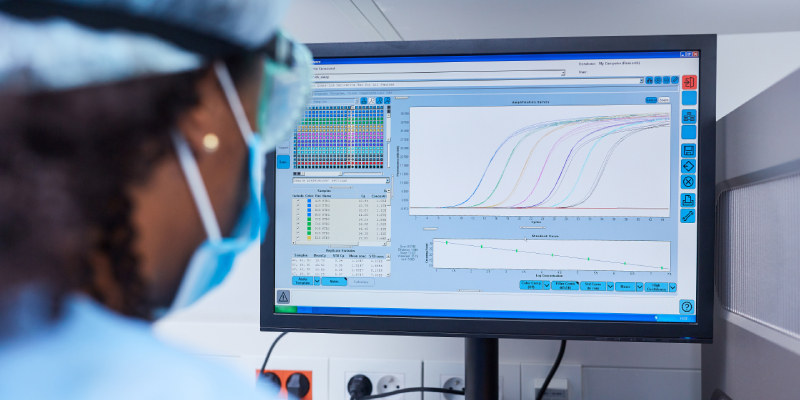
Researchers at the University of Miami’s Sylvester Comprehensive Cancer Center have developed the first individual risk prediction model for newly diagnosed multiple myeloma (MM), according to a study published in Journal of Clinical Oncology.
Led by Francesco Maura, MD, an Assistant Professor at Sylvester, the study also identified 12 distinct subtypes of the blood cancer, expanding on previous classifications.
The Individualized Risk Model for Myeloma (IRMMa), which predicts an individual’s prognosis based on their tumor genomics and treatments, was developed in collaboration with scientists at Memorial Sloan Kettering Cancer Center, NYU Langone Health, Moffitt Cancer Center, and Heidelberg University Hospital.
According to the study, the IRMMa was significantly more accurate than all comparator prognostic models, with a concordance index for overall survival of 0.726, compared with the International Staging System (ISS; 0.61), revised-ISS (0.572), and R2-ISS (0.625).
To build the computational model, researchers used genetic, treatment, and clinical data from almost 2,000 patients with newly diagnosed MM. They first identified 90 driver genes from patients’ DNA sequences, which bear mutations in the cancer cells that drive tumor growth. Next, they looked at the treatments each patient received, matching treatment outcome to tumor genetic sequences for individual patients.
The original method for classifying the disease in the 1970s consisted of staging for solid tumors and relied on the amount of cancer present. Now, with newly developed treatments such as immunotherapies, the amount of cancer is less significant than the nature of the cancerous cells.
According to Dr. Maura, the field still lacked precise prediction ability despite advancements in prognostic tools over the years, such as tumor genomic features. However, there have since been new findings on genomic risk factors that had not yet been included in a prediction model.
Additionally, preexisting prognostic tools relied on population averages, sorting patients into “standard risk” and “high risk” categories and providing prognoses for overall groups. In contrast, the IRMMa considers individualized risk and how it can be tailored by personalized treatments. The model can also update a patient’s prognosis under specific circumstances, such as if they receive a transplant.
Dr. Maura and colleagues aim to improve the model by including more patient data.
“This model can only grow with the help of the research community,” Dr. Maura said in a press release. “The next challenge is to keep feeding it with the right datasets so at a certain point it will be usable for clinical purposes.”
Reference
Maura F, Rajanna A, Ziccheddu B, et al. “Genomic classification and individualized prognosis in multiple myeloma.” J Clin Oncol. 2024. doi.org/10.1200/JCO.23.01277


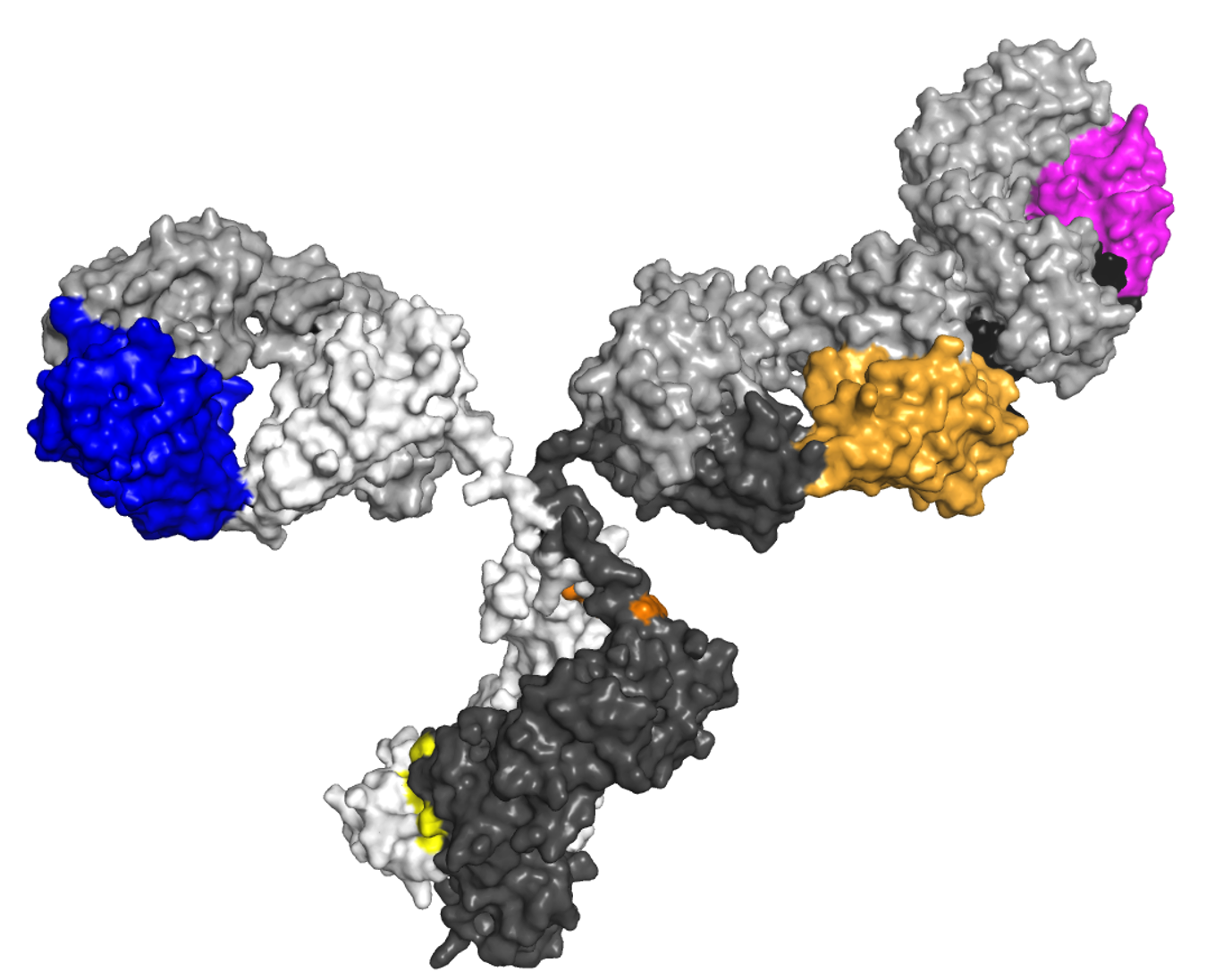
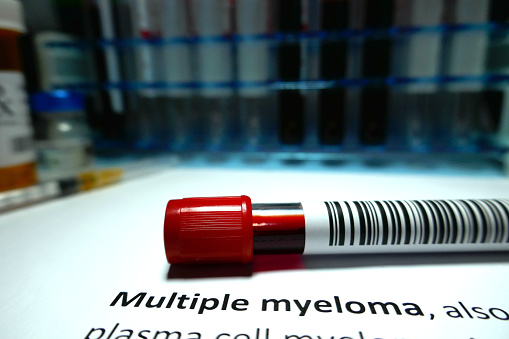
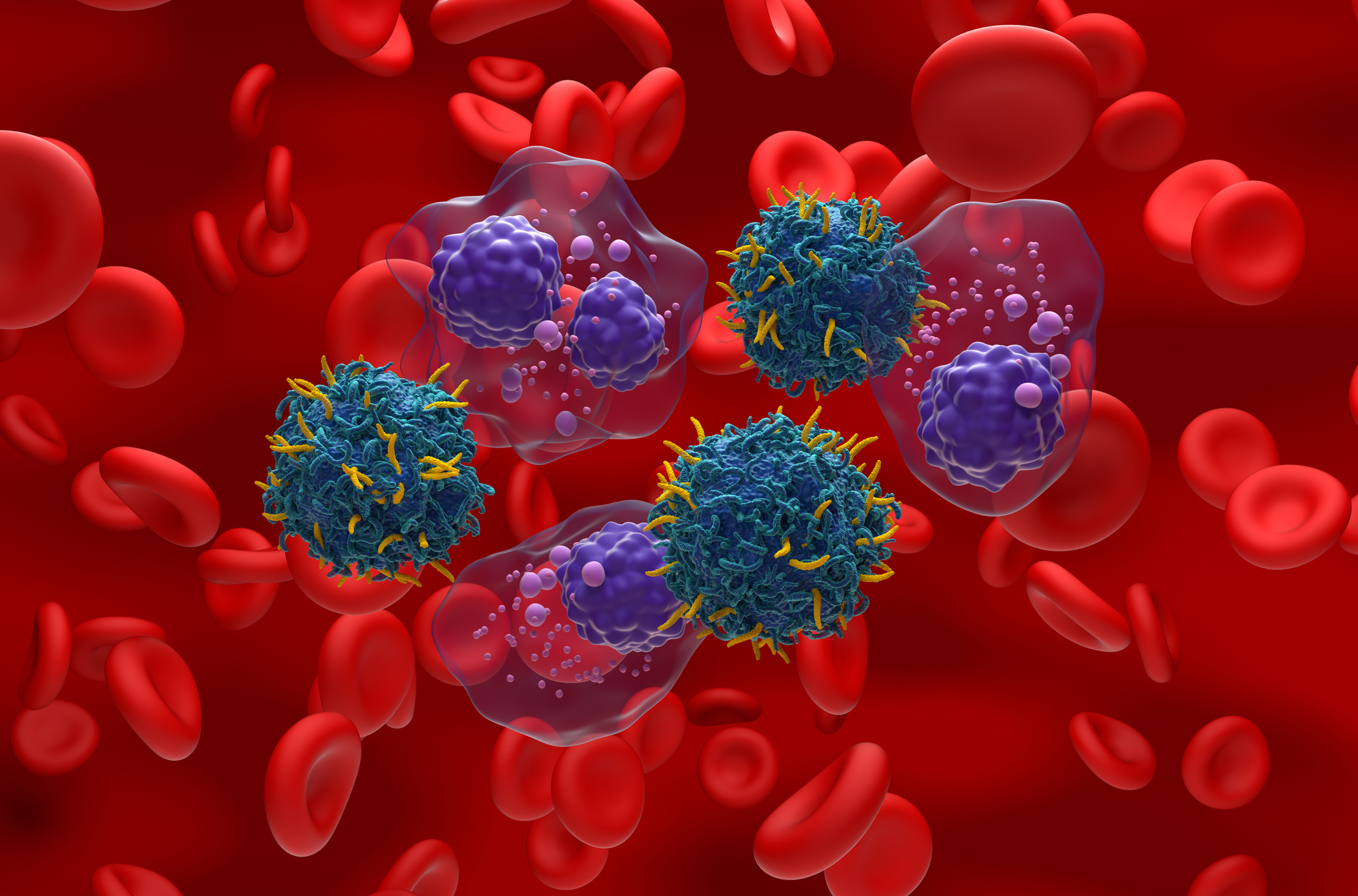
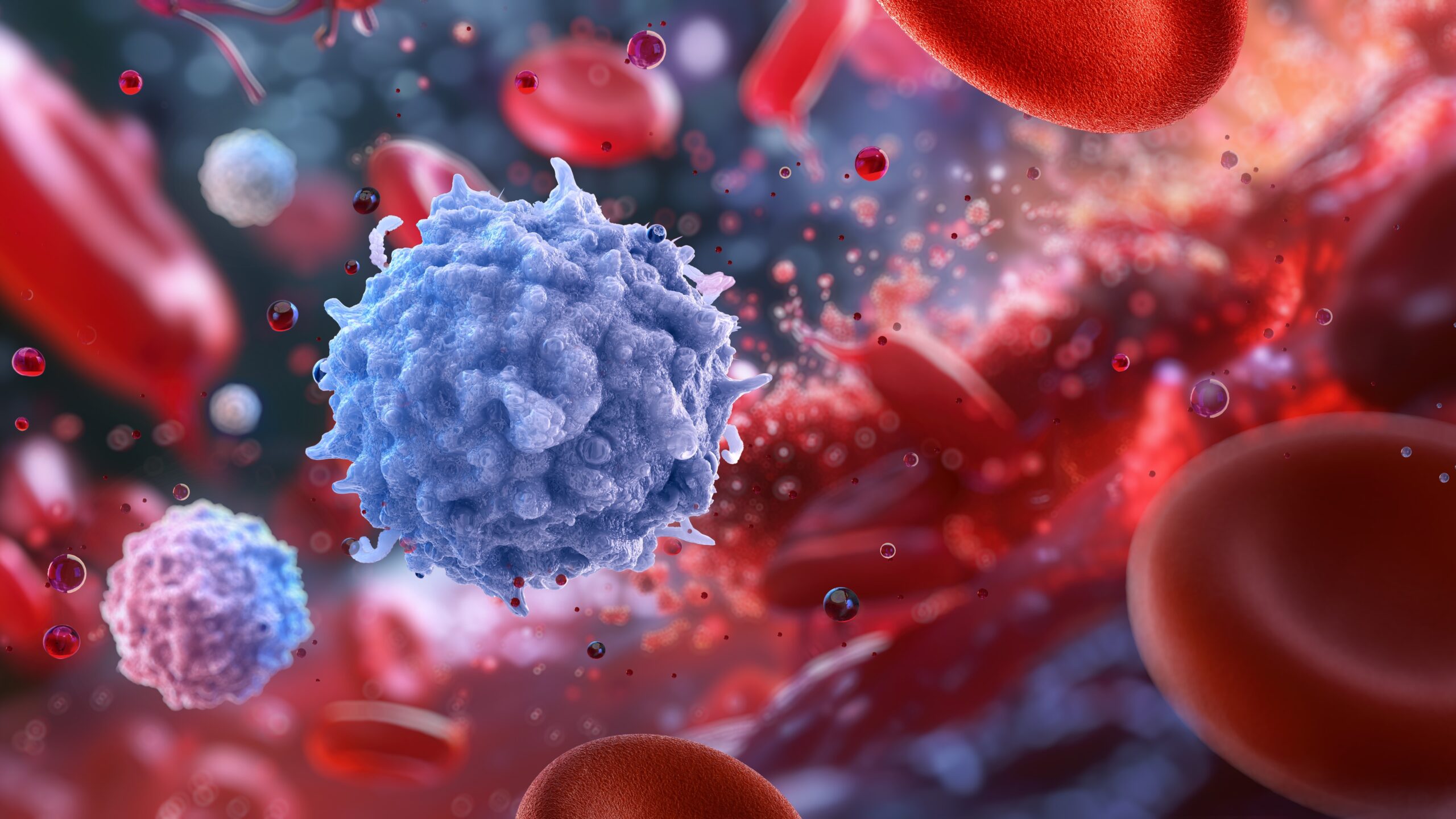
 © 2025 Mashup Media, LLC, a Formedics Property. All Rights Reserved.
© 2025 Mashup Media, LLC, a Formedics Property. All Rights Reserved.